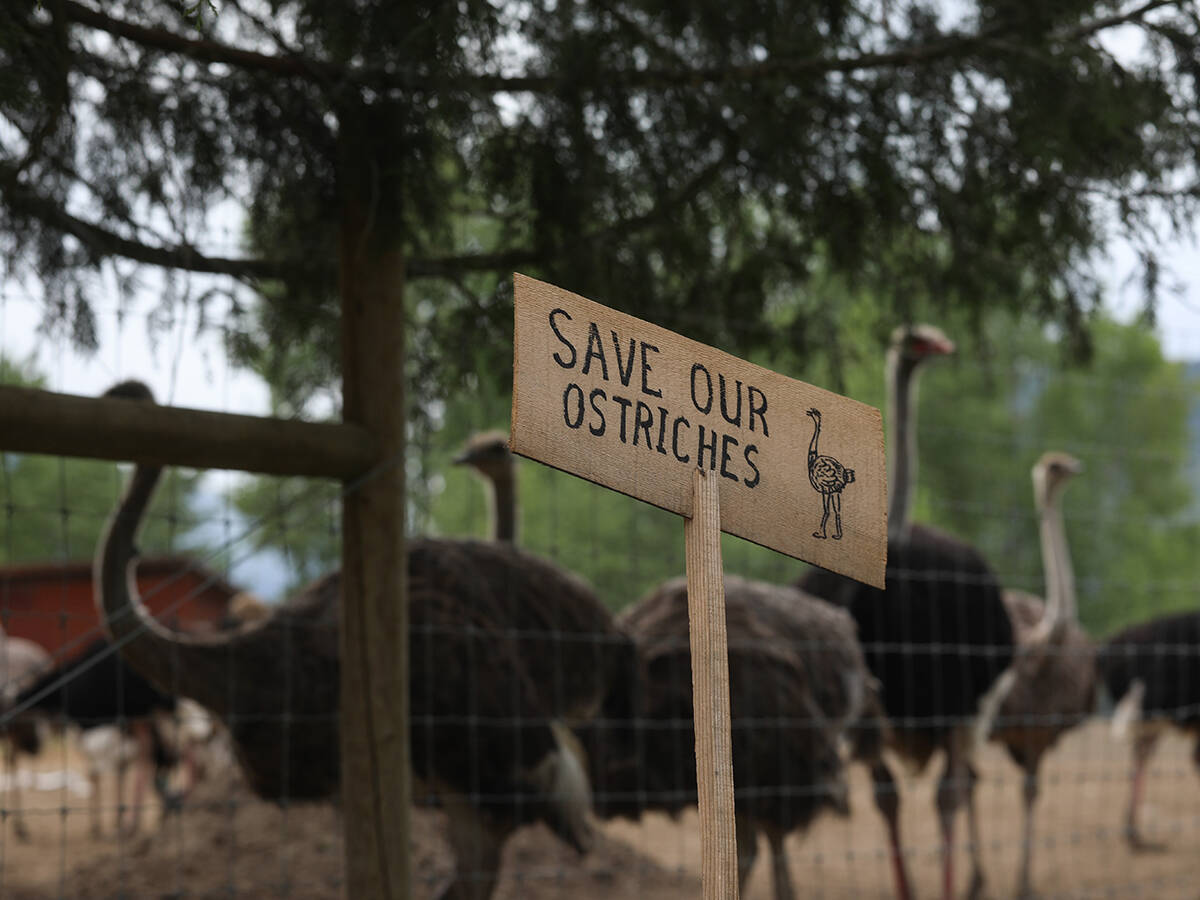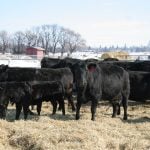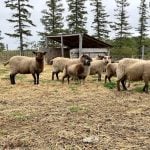RED DEER – Offensive feedlot odour is a nuisance but scientists have
been unable to prove that bad smells lead to health problems.
“We have been unable to uncover any fully documented human health
effects that are easily attributable to air pollution around cattle
feedyards,” said Brent Auvermann of Texas A & M University’s research
and extension department.
That does not mean a problem does not exist, but there is no proof that
ill effects occur, he told the Alberta Cattle Feeders Association.
Read Also

Ostrich farm case shows power of social media
The social media circus surrounding the BC ostrich farm, could happen again in Canada, says communication expert
The cattle feeders and Alberta Pork are jointly paying for research to
determine the seriousness of dust and odour problems around intensive
livestock operations.
Auvermann said research into rural health issues contains many gaps
about the prolonged effects of odour and dust.
With scant data it is difficult to establish public policy.
“What is the political atmosphere when we are making the judgment?”
said Auvermann.
Research has shown air quality in intensive livestock areas in some
American states exceeds regulated environmental and occupational health
standards. The existing standards in Alberta are based on nuisance
rather than health effects.















